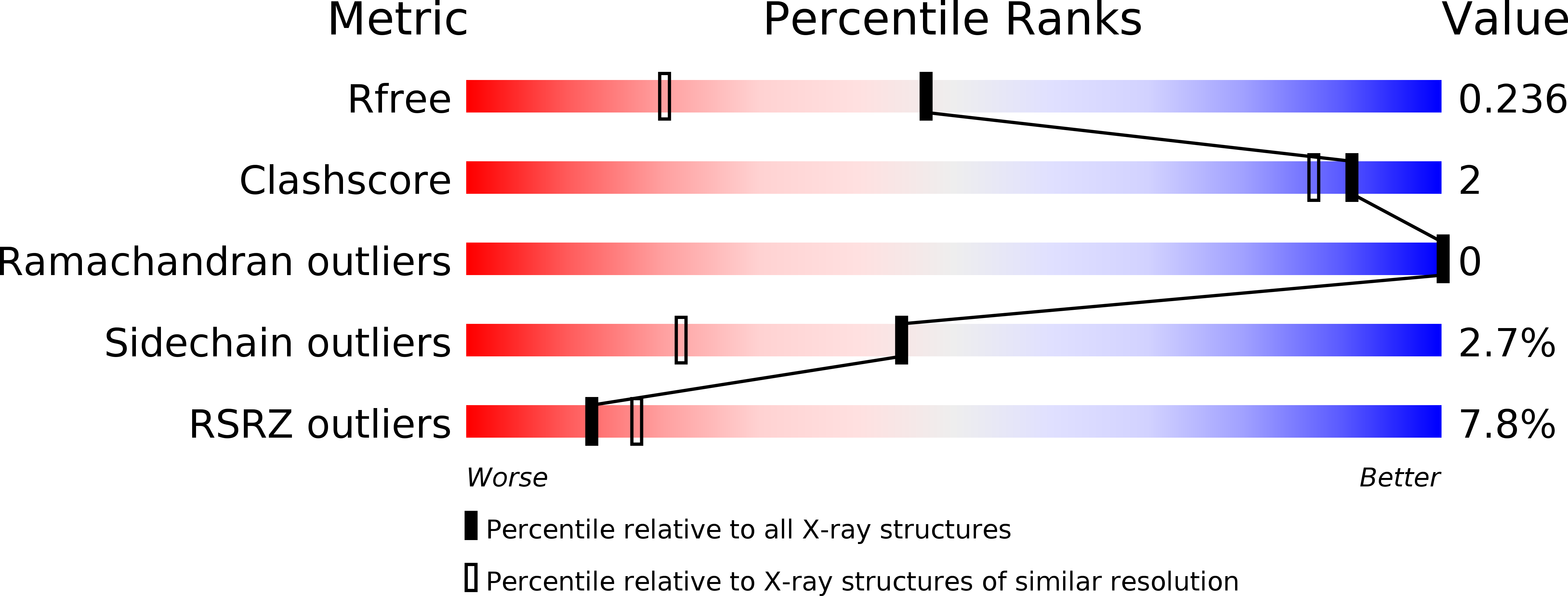
Deposition Date
2005-01-20
Release Date
2005-03-08
Last Version Date
2023-08-23
Entry Detail
PDB ID:
1YM3
Keywords:
Title:
Crystal Structure of carbonic anhydrase RV3588c from Mycobacterium tuberculosis
Biological Source:
Source Organism:
Mycobacterium tuberculosis (Taxon ID: 83332)
Host Organism:
Method Details:
Experimental Method:
Resolution:
1.75 Å
R-Value Free:
0.22
R-Value Work:
0.17
R-Value Observed:
0.18
Space Group:
P 41 21 2


